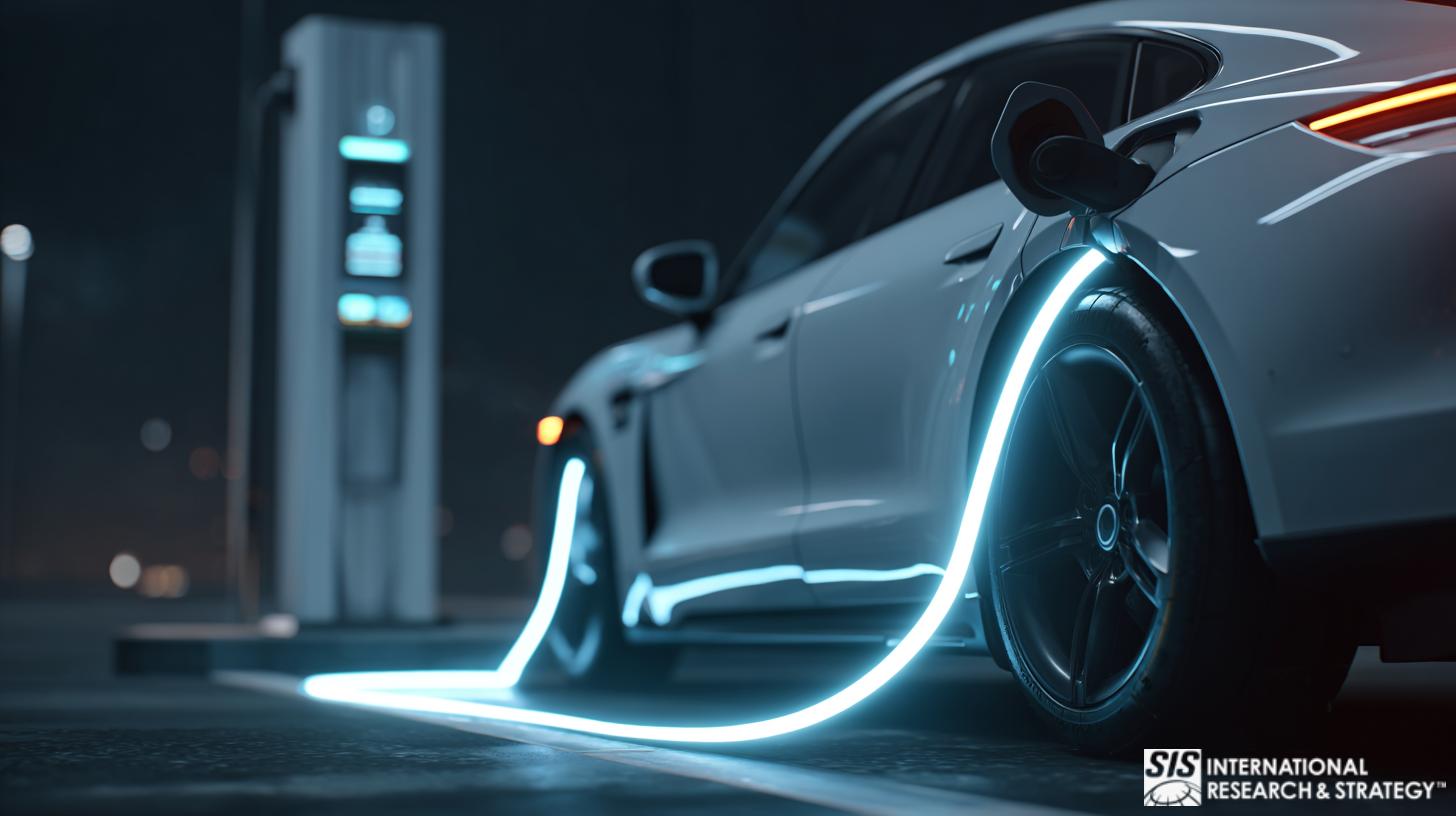
하이브리드 자동차와 전기자동차(EV) 사이에는 중요한 차이가 있습니다.
Hybrid vehicles, such as the Toyota Prius line, are powered by both an electric engine and an Internal Combustion Engine (ICE), which is the traditional engine fueled by petrol or Diesel. Electric Vehicles (EVs), by definition, are powered by an electric engine only. A large number of battery cells deck the floor of an EV. The recharging of the battery is simply done by an electric plug, usually at the user’s home.
기회와 과제
Most automotive manufacturers have completed their model line-up with Hybrids. However, only a few propose exclusively electric cars. The leader in terms of sales for the Current Year 2013 in the US EV segment is the Chevrolet Volt and the Nissan Leaf. Then comes the premium brand Tesla with its newly launched Model S. The volumes in the Hybrid segment are very different. The industry leader is considered Toyota, and its Prius line. The followers are Ford, with its Fusion Hybrid and C-Max Hybrid, and Hyundai Sonata.
The reasons behind the leadership in these segments are diverse and require a thorough industry analysis. However, one can easily assume that first-mover advantage plays a significant role in terms of branding, economies of scales and technology advantage. In fact, Toyota was the first to launch hybrid versions and is still on top of that market. In the same way, Nissan and Chevrolet were pioneers in the mass market EV in 2009/10 and still hold a leadership position.
경쟁 수준과 자동차 제조업체의 광범위한 차별화 시도, 판매량, 보다 정확하게는 시장 및 부문 점유율이 이 업계에서 성공을 거두는 주요 척도입니다.
전기차 규제
Regulation on C02 emission and gas consumption is a main reason that pushes manufacturers to develop and market low or zero emission vehicles. In a global industry, an increasing number of countries have adopted tax incentive schemes that favor the sales of hybrid and EV over traditional more fuel-consuming cars. For instance, France has Bonus/Malus scheme, where a cash amount is offered to the buyers of hybrid and EV vehicles. The same applies to Holland.
미국은 최근 유사한 자동차세 제도를 채택했지만 규제 환경은 덜 엄격합니다. 브랜드 주변의 "후광 효과" 가능성과 함께 이러한 시장 역학으로 인해 모든 제조업체는 하이브리드 또는 EV 모델을 제안하게 됩니다. 따라서 제조사가 어떤 모델 라인업 전략을 채택하고 싶어하는지가 더 큰 질문이다.
고객 통찰력
Customers of hybrids and EVs are for most part environmentally conscious above 50 year old upper income class individuals. Thus, while it makes sense to offer a hybrid or EV family sedan or compact car for urban environment, this product strategy does not find rational for full size heavy duty trucks. Likewise, Ford offers hybrid and EV for the Fusion and the Focus respectively, but remains on ICE for its flagship F-150.
EVs and Hybrids are priced at a premium over similar ICE models with same equipment level. Manufacturers have performed extensive price vs. value analyses in order to find out what the premium would be that the customers are willing to pay to drive a low emission car.
EV와 하이브리드의 경우 아직 물량이 적기 때문에 업계 전반에 미치는 영향은 명확하지 않습니다. 그러나 세그먼트 수준에서 EV 및 하이브리드 가격 책정 전략은 프리미엄이 아닌 ICE 세그먼트에 대한 차별화 전략으로 볼 수 있습니다. 즉, 닛산이나 도요타 같은 비프리미엄 브랜드는 잠재적으로 미니, BMW, 아우디와 같은 가격 수준으로 하이브리드 및 전기 자동차 가격을 책정할 수 있습니다. Nissan과 Toyota가 수년에 걸쳐 축적한 규모로 인해 하이브리드 또는 EV를 생산하는 데 드는 한계 비용이 크게 감소하여 하이브리드 및 전기 사업의 한계 수익이 향상되었습니다.



